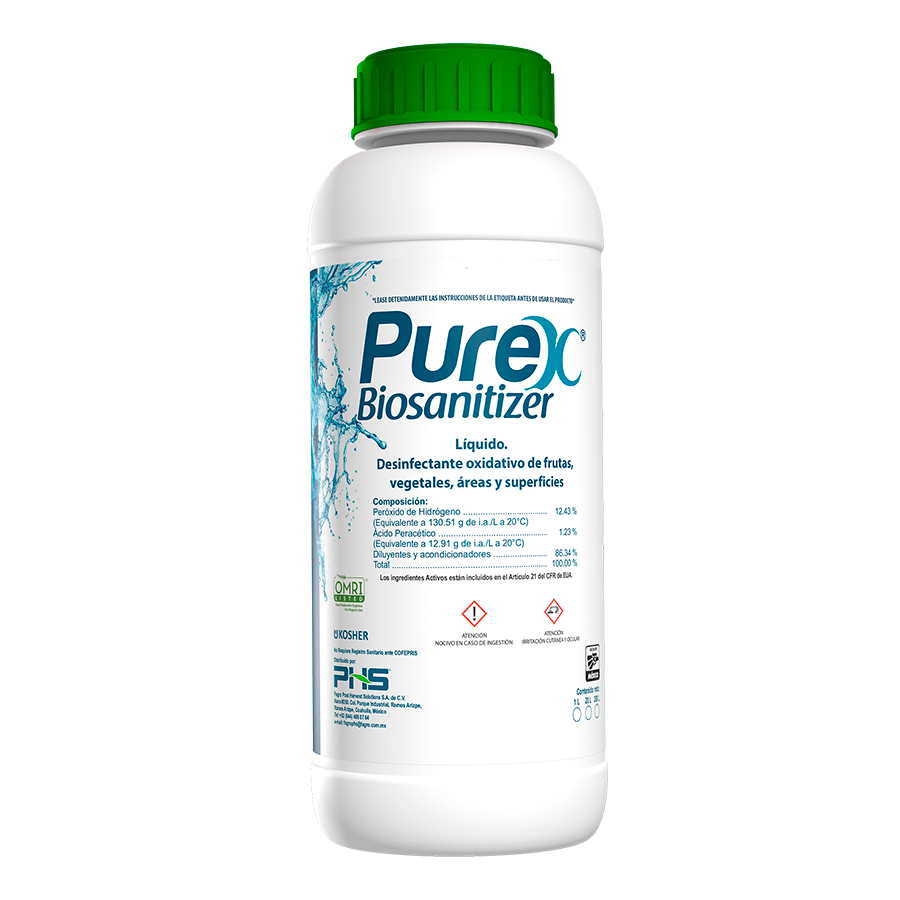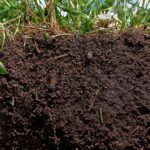Soils often have poor oxygen levels on farmland. Poor performance in the field and reduced plant yield. Therefore, to aid cultivation in soils with optimal water use, the application of hydrogen peroxide (H2O2) is efficient in imparting oxygenated environments. Plant roots like plants obtain oxygen from the gaseous phase of the soil and from dissolved oxygen in the irrigation water. Since the proportion of the gas phase in soils is significantly reduced, dissolved oxygen in irrigation water seems to be the main source of oxygen for plant root respiration. Oxygenated irrigation therefore appears to be crucial for optimal plant growth and performance.

One of the practices to increase the concentration of dissolved oxygen in irrigation water is oxygenation mediated by hydrogen peroxide. In this context, H2O2 has been used as a plant growth promoter. It serves as a signaling molecule in some essential physiological processes such as photosynthesis, respiration, transmission, and transpiration, where it is considered.
Also considered as the main contact fungicidal and bactericidal effect that eliminates bacteria and fungi when they come into contact with the plasmatic membrane, eliminating everything that the peroxide molecules touch, this benefits decontaminating plantation soils and preparing land for future harvests.
For this reason, Purex Biosanitizer, one of the Fagro Post Harvest Solutions products, is an efficient disinfectant for soil disinfection and oxygenation. Its composition of hydrogen peroxide and peracetic acid, make it effective for its application in crops.
 AgronoBlog – Agriculture Blog
AgronoBlog – Agriculture Blog 



